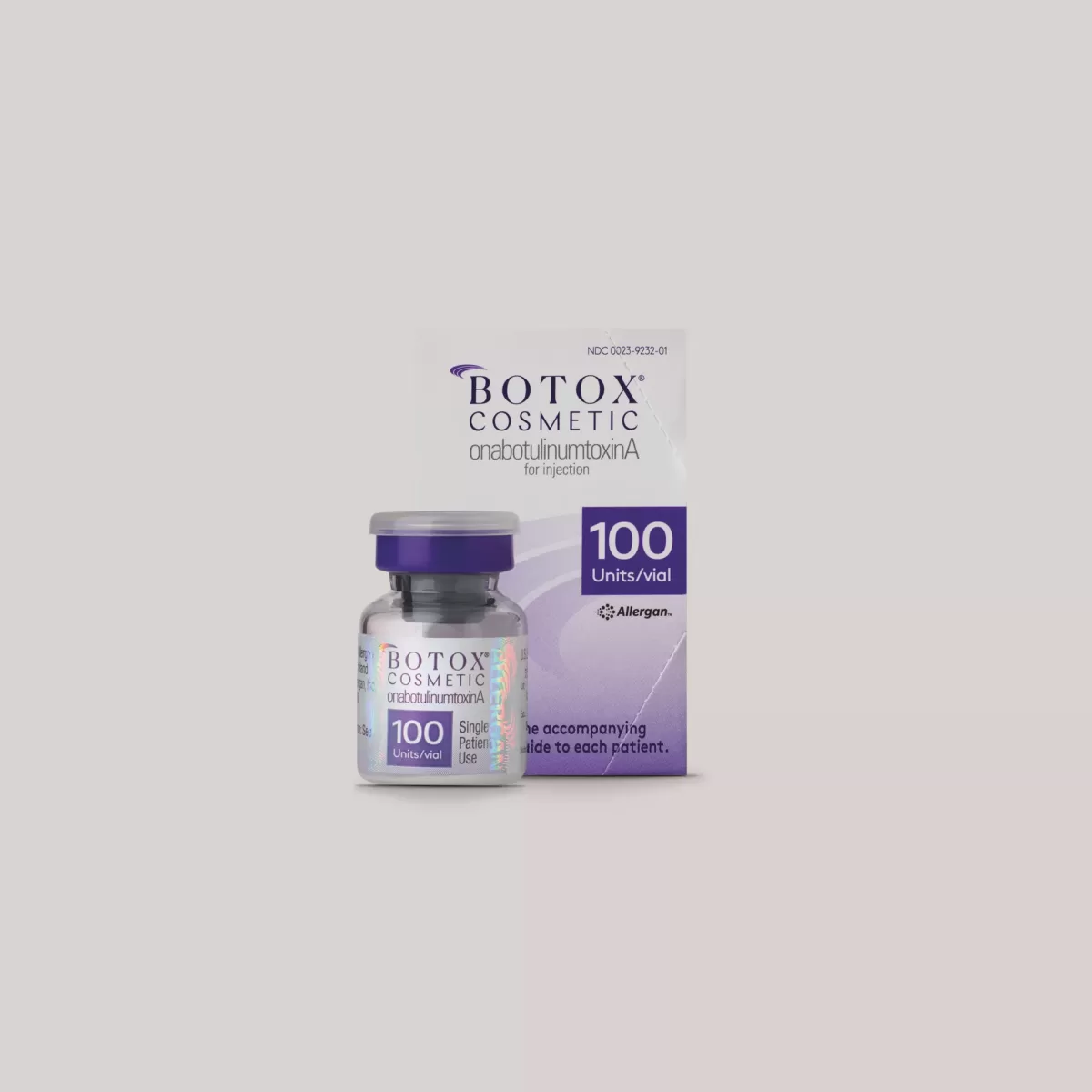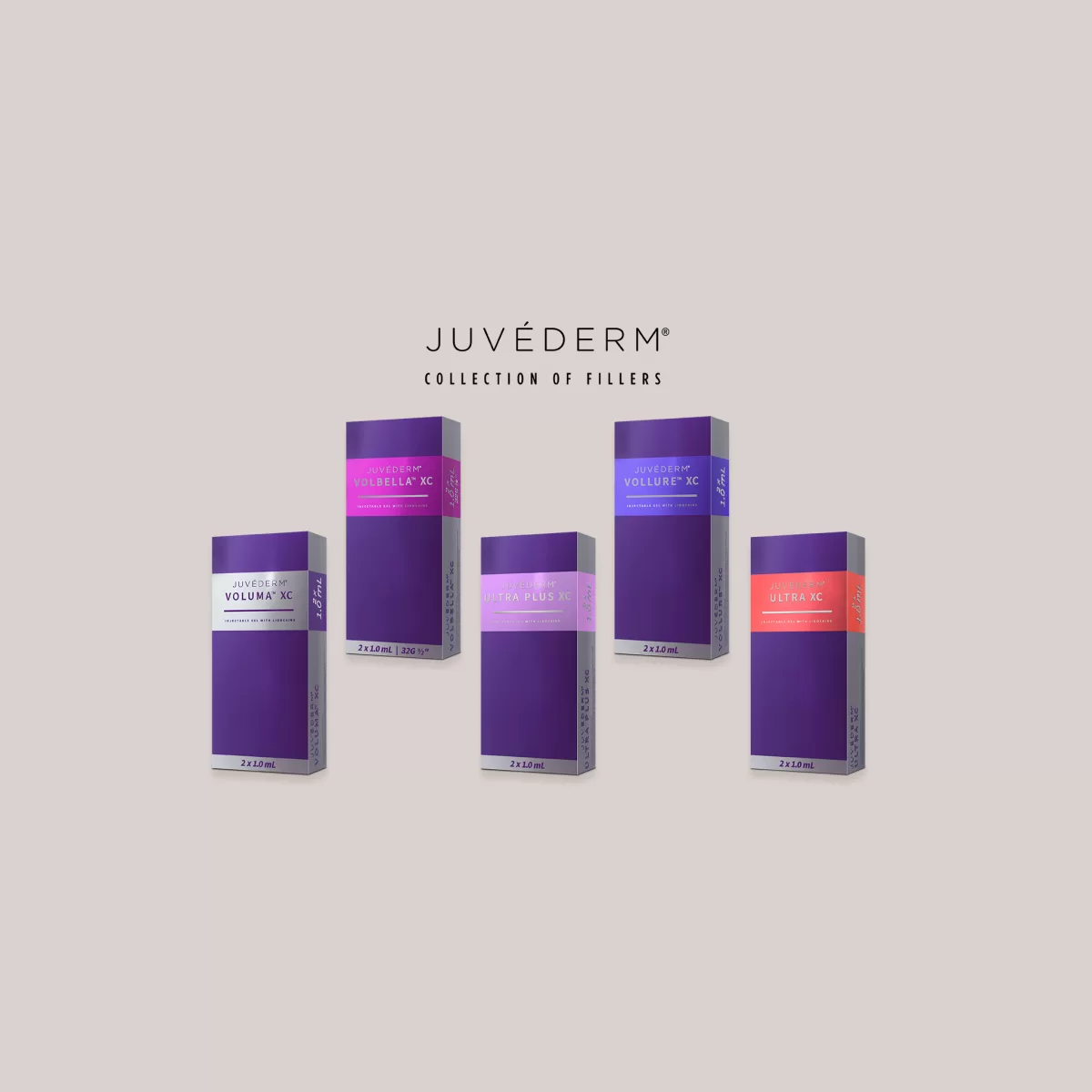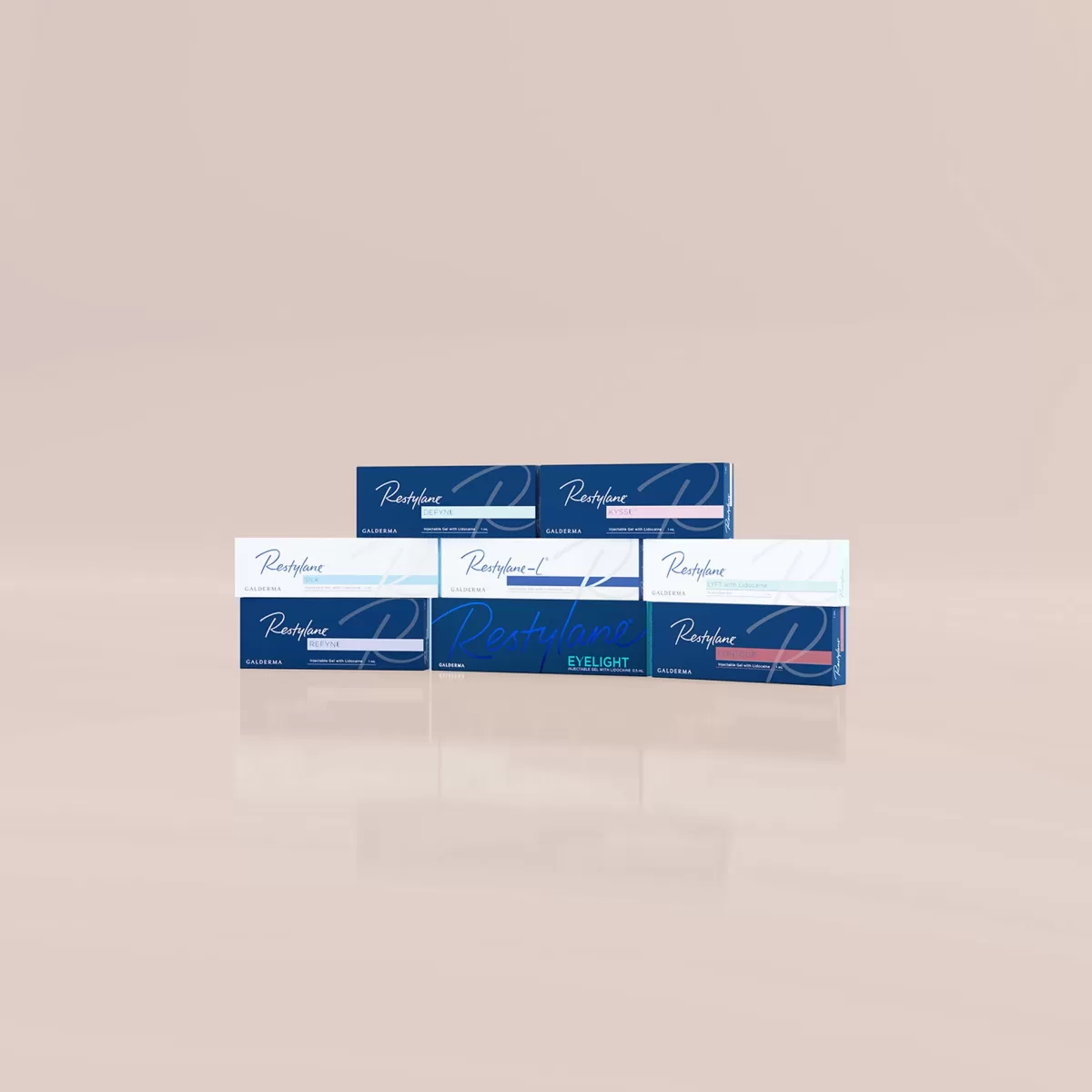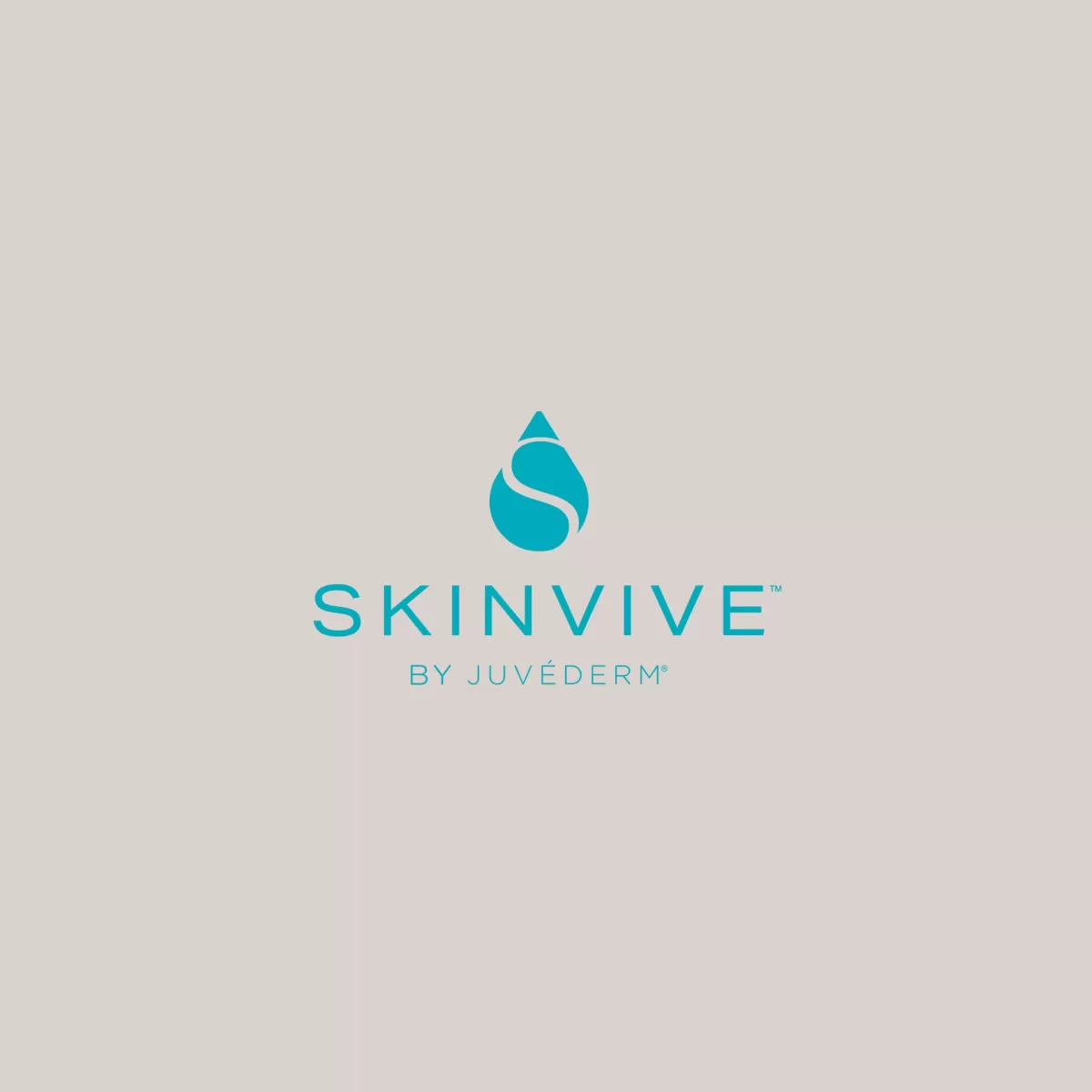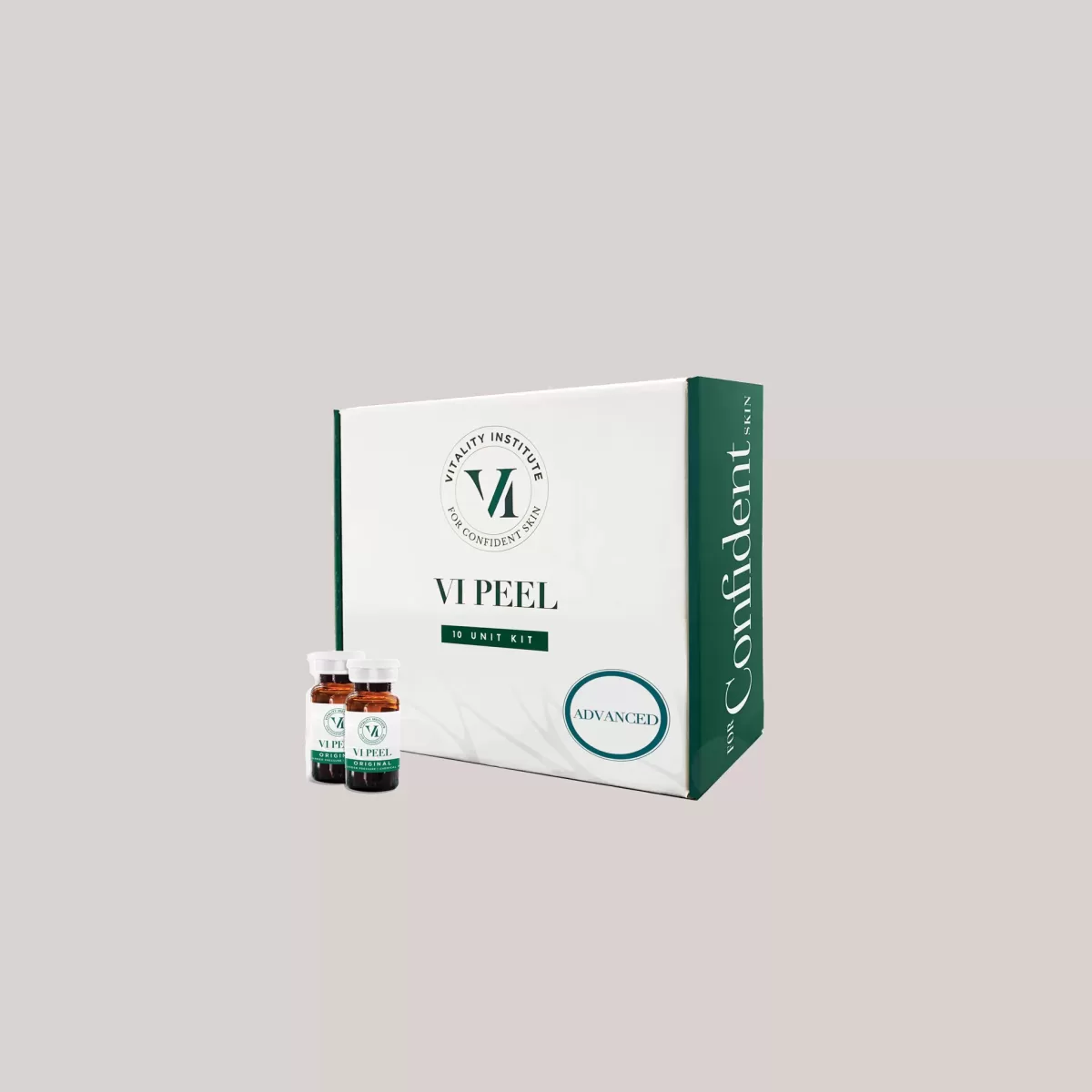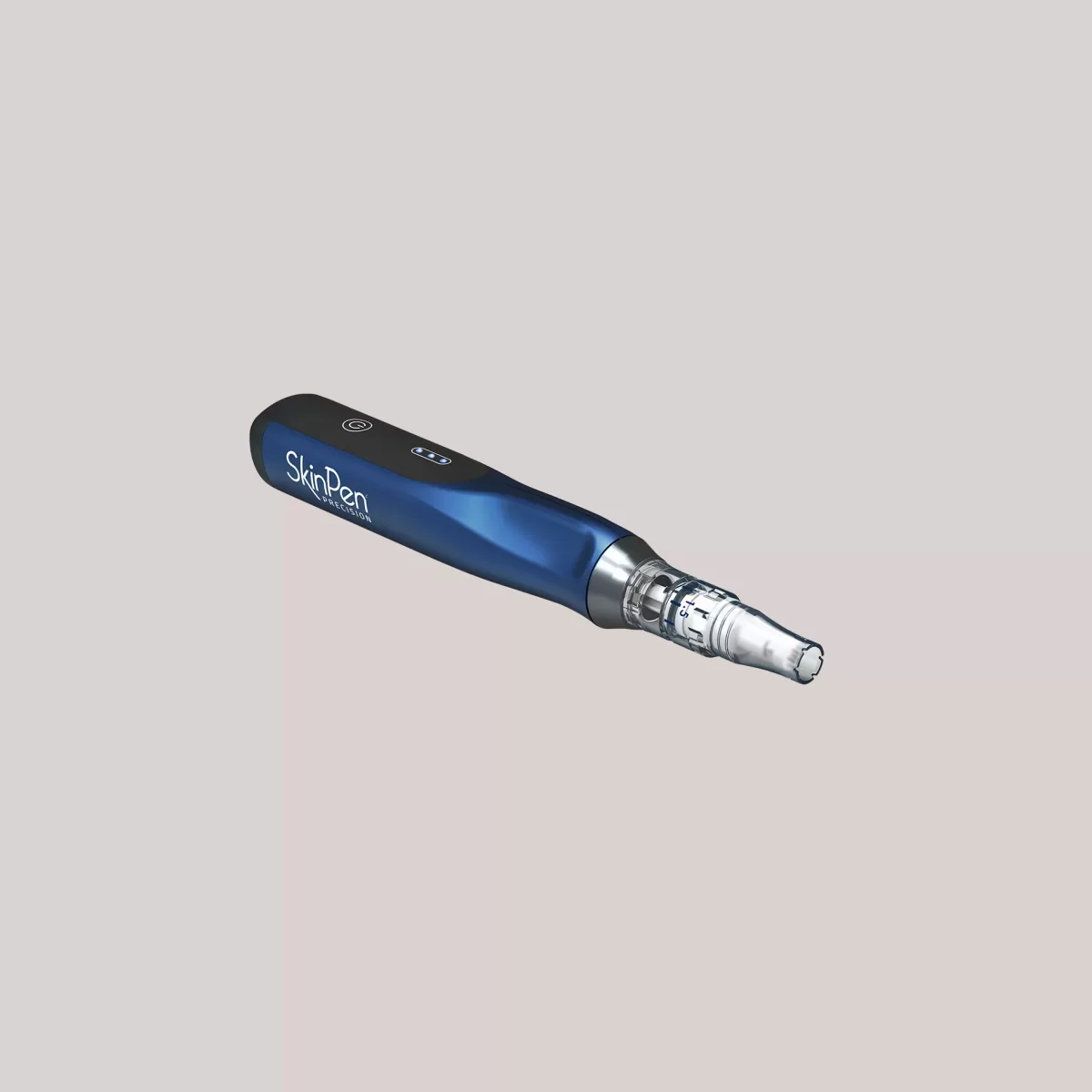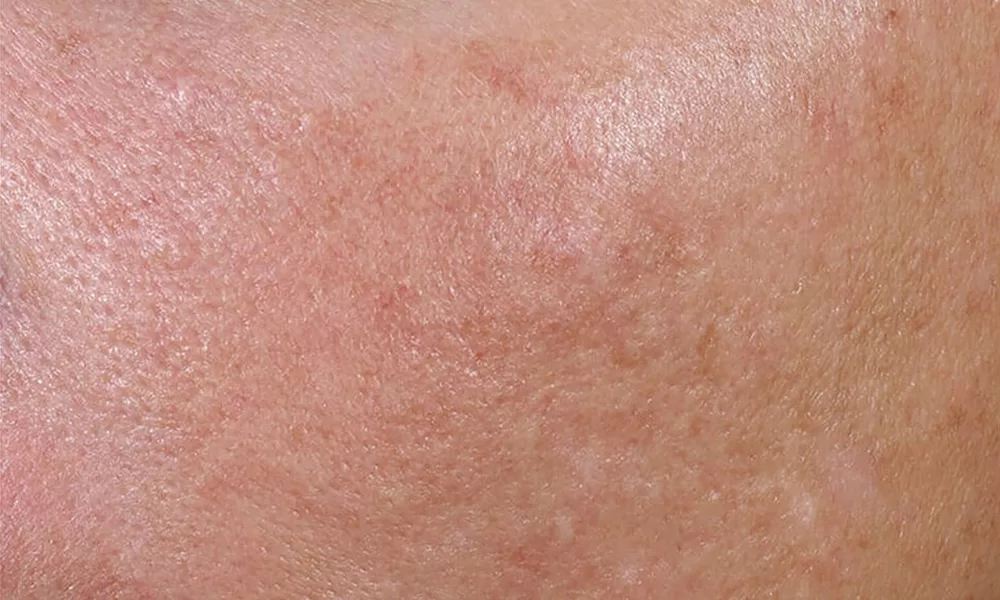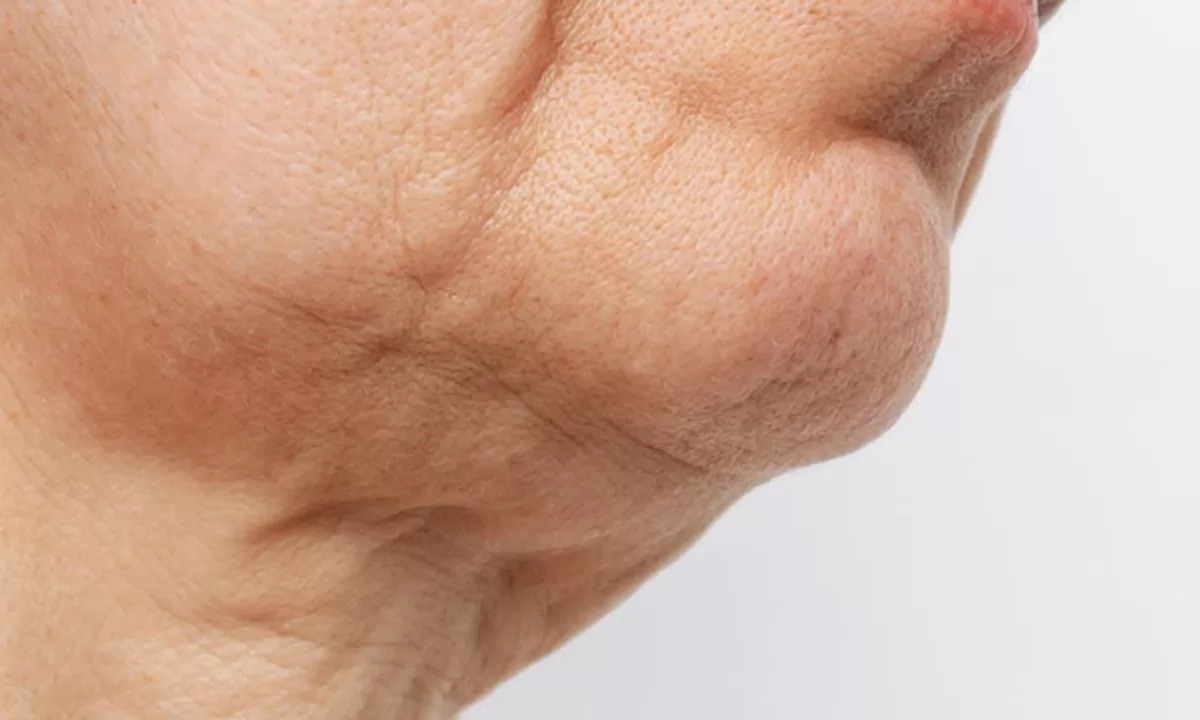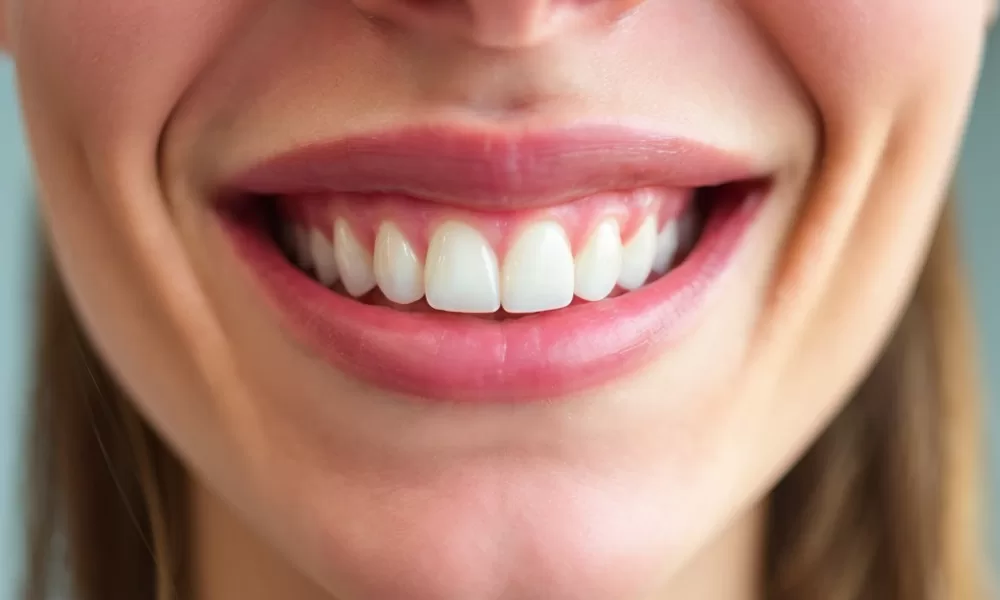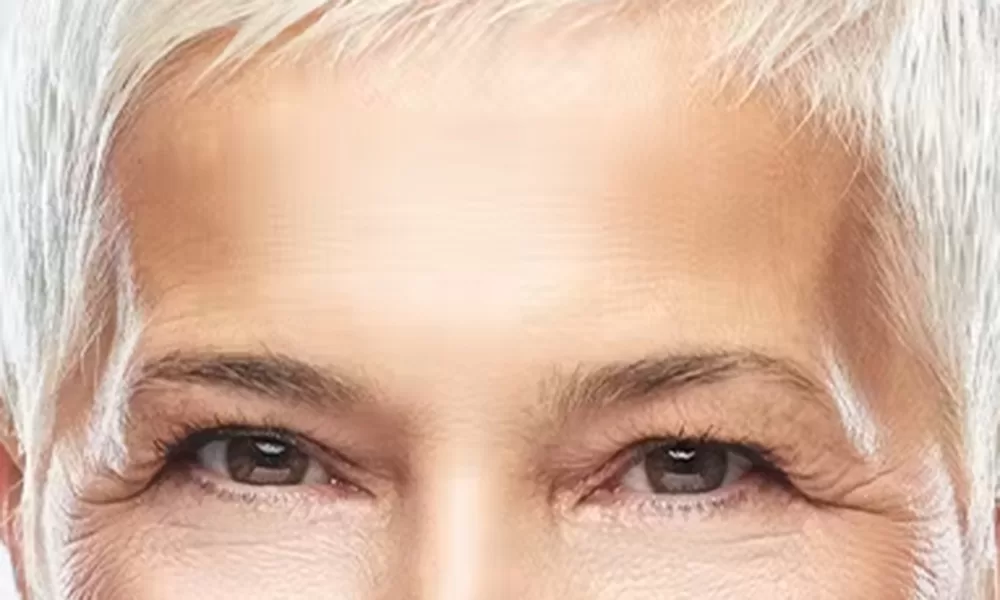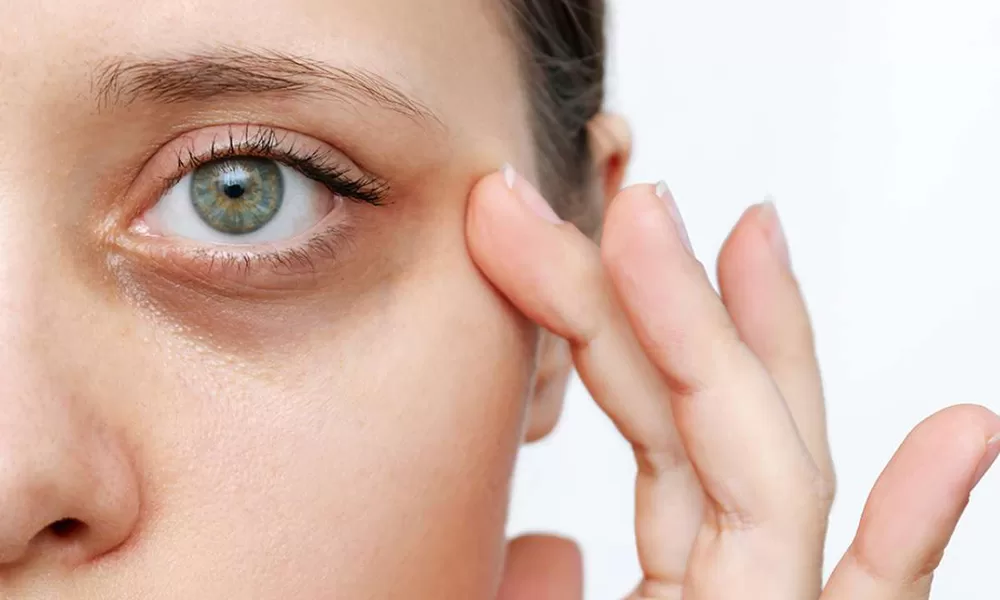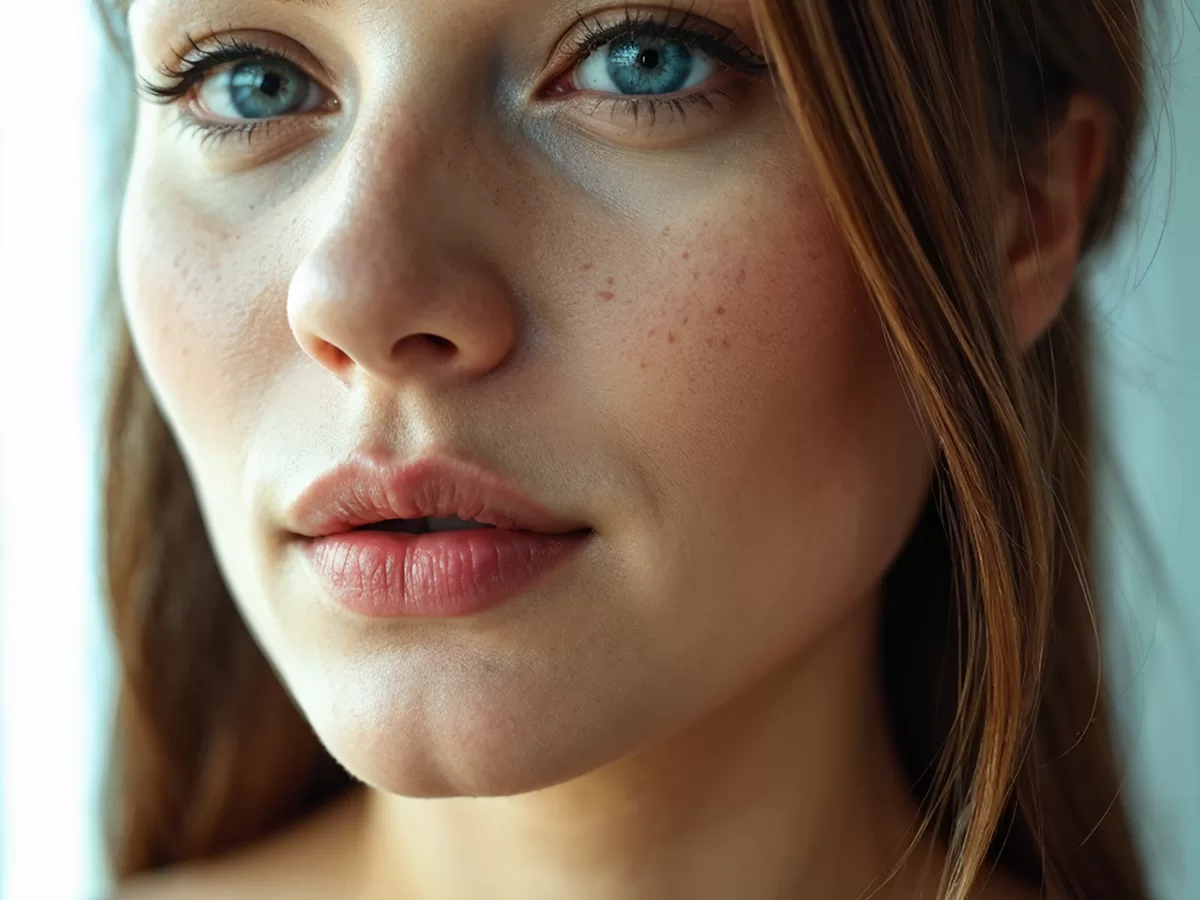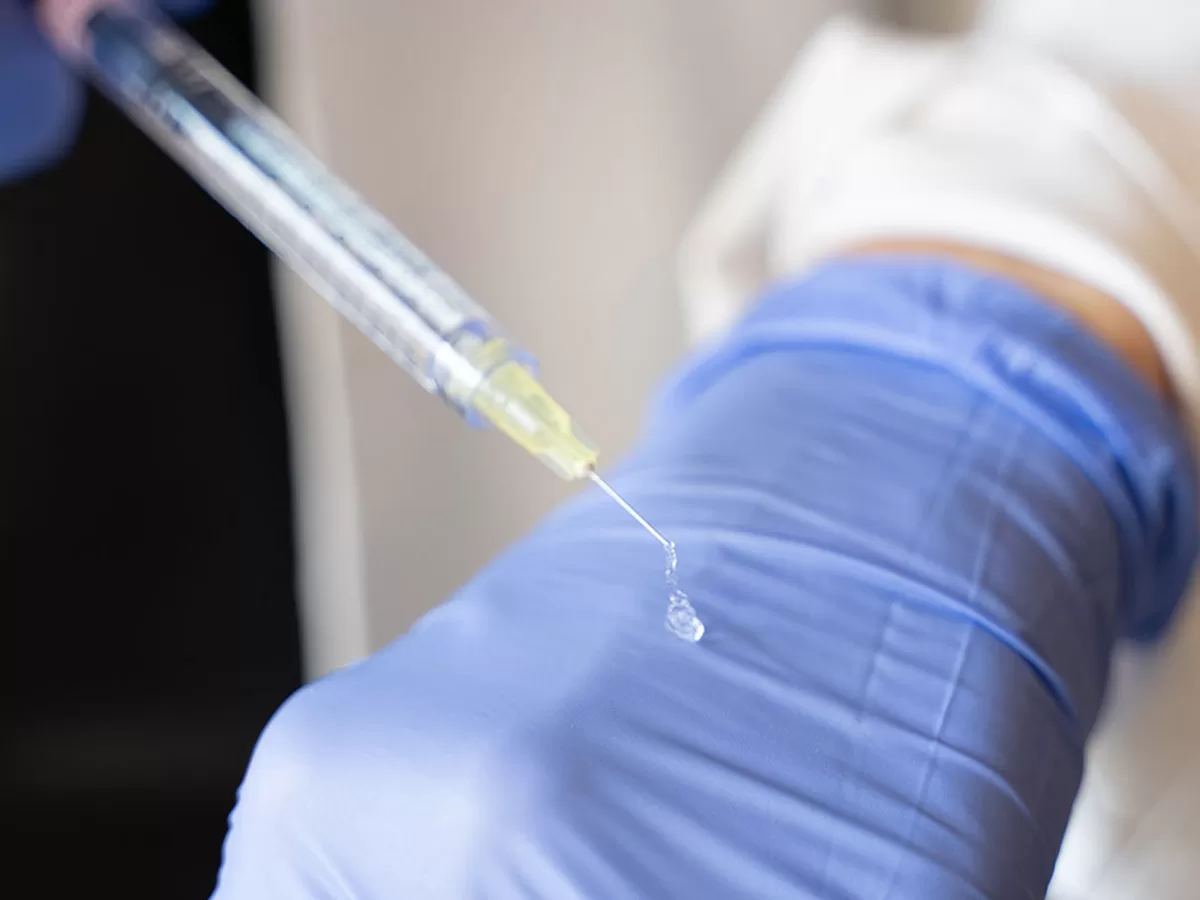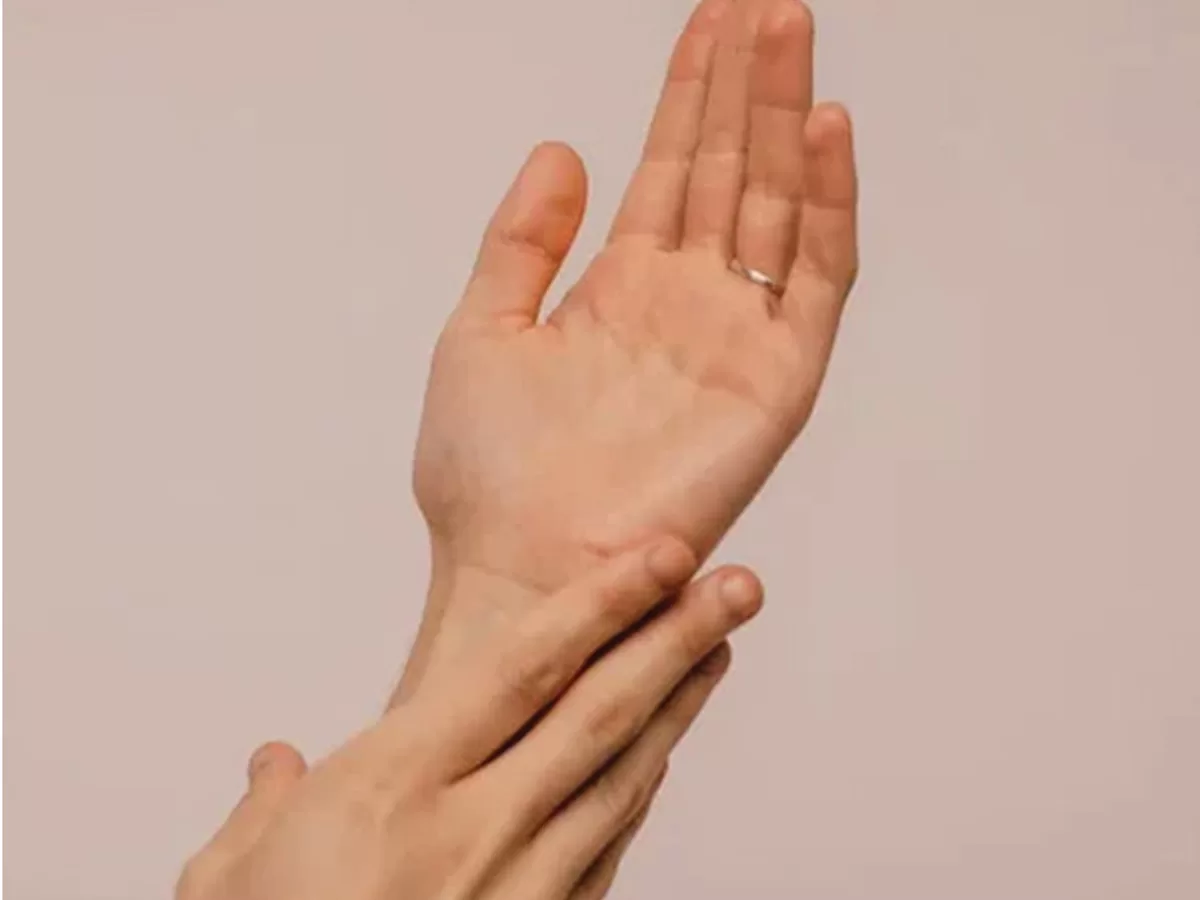Fine lines and wrinkles are common signs of aging that many people encounter as they grow older. These subtle creases and folds in the skin can develop due to a combination of factors, including natural aging processes, sun exposure, genetics, and lifestyle habits.
While they are a natural part of the aging process, fine lines and wrinkles are often a source of concern for individuals seeking to maintain a youthful and vibrant appearance. Fortunately, advancements in medical aesthetics have led to various treatments and interventions that can help minimize the appearance of fine lines and wrinkles, restoring a smoother, more youthful complexion.
In this guide, we will explore the causes of fine lines and wrinkles, strategies for prevention, and the different treatment options available to address these common aesthetic concerns.
What is the main cause of wrinkles?
Wrinkles are creases and ridges that develop in the skin over time, a natural aspect of aging. They vary in size and depth, from subtle fine lines to more pronounced furrows and grooves.
Genetics significantly influence the structure and texture of your skin, impacting how wrinkles form. Sun-exposed areas like the face, neck, arms, and hands are particularly prone to wrinkling due to UV damage.
However, wrinkles aren’t uniform; they exist in various forms, each with distinct causes.
- Atrophic crinkling rhytids manifest as fine lines that run parallel to each other, often seen beneath the eyes. They indicate a decrease in skin elasticity due to collagen atrophy and reduced collagen production with age.
- Skin thinning and reduced oil production contribute to increased fragility and dryness, accentuating the appearance of wrinkles. Depletion of fat in the deeper skin layers also enhances the visibility of wrinkles.
- Smoking accelerates skin aging by compromising blood supply and generating harmful free radicals, impacting skin health and contributing to premature wrinkling.
- Permanent elastotic creases result from prolonged sun exposure, commonly found on areas like the cheeks, upper lip, and back of the neck. UV rays damage collagen and elastin, leading to skin laxity and wrinkles.
- Sun protection, including avoiding peak sunlight hours, wearing protective clothing and sunglasses, seeking shaded areas, and using sunscreen with SPF 30 or higher, helps prevent and even reverse sun-induced wrinkles.
- Dynamic expression lines, such as crow’s-feet and glabellar lines, form due to repetitive facial movements like squinting or smiling. These wrinkles become more permanent over time as skin loses its elasticity.
- Gravitational folds, resembling sagging skin, develop from the effects of gravity and can be accentuated by weight loss or facial fat loss, often seen in deep nasolabial folds.
At what age do wrinkles start to appear?
Facial wrinkles often begin to appear in one’s late 20s, coinciding with the body’s natural decline in collagen production, which typically starts around age 25. Various factors, including sun exposure, poor dietary habits, smoking, and hormonal changes like menopause, can accelerate collagen depletion, resulting in premature aging.
Visible wrinkles are more pronounced in individuals who are expressive with their facial movements, particularly around areas such as the eyes and mouth. Over time, lines such as smile lines (nasolabial folds), lip lines, and marionette lines tend to deepen, contributing to the appearance of aging skin.
Treatments to get rid of fine lines and wrinkles
Botox
Botox functions by temporarily interrupting nerve signals that trigger muscle contractions in the face, resulting in a relaxed state of the muscles. This relaxation diminishes the appearance of dynamic wrinkles caused by repetitive facial movements, such as smiling or frowning. While Botox effectively prevents the formation of new lines by inhibiting these muscle movements, it may not significantly improve deep, static wrinkles that persist even when facial muscles are at rest.
FDA-approved for treating crow’s-feet, frown lines, and forehead wrinkles, Botox is also commonly used off-label to address various other concerns, including lip lines, nasal bridge creases, neck bands, and wrinkles in the lower face. However, the duration of Botox’s effects typically lasts between three to four months, varying based on individual metabolism rates, necessitating periodic maintenance treatments for sustained results.
To achieve optimal outcomes and minimize potential risks, it is essential to seek treatment from an experienced injector who can tailor the procedure to your unique needs and anatomy.
Dermal Fillers
Injectable dermal fillers placed beneath the skin offer an effective solution for smoothing lines and filling in folds, instantly enhancing the appearance of wrinkles by plumping the skin. Most fillers utilize hyaluronic acid, a naturally occurring substance in the body known for its safety. Among the popular hyaluronic acid fillers are Restylane and Juvéderm, while the RHA Collection stands out as the sole FDA-approved option for addressing dynamic facial wrinkles and folds.
The injection process is quick and generally well-tolerated. While the results are temporary, lasting touch-ups are necessary to sustain them, with some formulations offering effects for up to 18 months. Notably, hyaluronic acid fillers can be reversed using hyaluronidase, an enzyme that facilitates breakdown, making them among the safest choices in dermal fillers.
Chemical Peels
Chemical peels employ an acidic solution to exfoliate the skin’s top layers, prompting cell turnover and collagen synthesis. Beyond addressing fine lines and wrinkles, they effectively target various skin issues such as acne scars and age spots. Customizable in intensity based on individual concerns and skin tone, chemical peels offer a cost-effective alternative to laser treatments with comparable outcomes.
Medium-strength peels are particularly beneficial for combating moderate sun damage by penetrating both the superficial layer of skin and the upper dermis. While they may entail several days of recovery marked by redness and flaking, they yield noticeable results. However, there’s a risk of hyperpigmentation, necessitating annual maintenance peels.
At Direct Aesthetics, we use VI Peel. It contains a blend of powerful ingredients, including TCA (Trichloroacetic Acid), Retin-A, Salicylic Acid, Phenol, and Vitamin C, designed to exfoliate the skin and promote cell turnover. This peel penetrates more deeply into the skin compared to superficial peels but is milder than deep peels, making it suitable for addressing moderate skin concerns such as fine lines, wrinkles, acne scars, and hyperpigmentation.
Microneedling
Microneedling is a minimally invasive procedure performed in-office, where fine needles puncture the skin’s surface, inducing controlled micro-injuries. These micro-injuries stimulate the body’s natural healing processes, triggering collagen and elastin production, which are essential for skin firmness and elasticity.
This treatment is suitable for individuals of all skin types, although those with active skin conditions like eczema or rosacea should avoid it. While microneedling is generally safe, there may be one to three days of downtime afterward, during which the skin may appear red, similar to a sunburn. Some individuals have reported adverse effects such as scarring or the appearance of small marks on the skin, particularly if they underwent at-home microneedling or received treatment from an inexperienced provider.
While microneedling may not provide significant tightening for severely sagging skin, it can effectively improve the appearance of fine lines and shallow wrinkles. However, multiple sessions are typically required to achieve optimal results.
Can topical skin care treat fine lines and wrinkles?
Over-the-counter skincare products containing ingredients like retinol, peptides, hyaluronic acid, and antioxidants can yield mild to moderate improvements in wrinkle appearance. However, the efficacy of these products typically falls short of medical-grade skincare or professional treatments available in-office. Regular moisturization is also beneficial, as well-hydrated skin tends to appear plumper and more youthful compared to dry skin.
Antioxidants play a crucial role in maintaining skin health by offering various benefits, such as shielding the skin from sun damage, reducing inflammation, brightening skin tone, and facilitating cellular repair processes. Factors like sun exposure, smoking, environmental pollutants, and natural metabolic activities contribute to oxidative stress, underscoring the significance of antioxidants in skincare routines.
- Vitamin C stands out as one of the most extensively researched antioxidants, renowned for its capacity to stimulate collagen production and shield the skin from free radical damage caused by sun exposure, thereby thwarting premature aging. The Obagi Professional-C Serum earns acclaim among professionals for its potent concentration of vitamin C antioxidants.
- Vitamin A, recognized as one of the most potent antioxidants, is celebrated for its remarkable ability to reverse signs of aging by facilitating cell turnover, effectively diminishing the appearance of lines and wrinkles.
- CoQ10, a naturally occurring antioxidant in the body, plays a vital role in maintaining skin health, elasticity, and texture. However, its levels decline with age. Products enriched with CoQ10 can help replenish this antioxidant, revitalizing the skin’s youthful radiance.
- Resveratrol supports prolonged cell longevity, contributing to overall skin vitality and resilience.
- Niacinamide, also referred to as vitamin B3, boasts a reputation for its efficacy in reducing fine lines and wrinkles while enhancing skin texture.
- Flavonoids, commonly found in green tea, serve as potent antioxidants that safeguard the skin by absorbing UV light, thereby thwarting photoaging effects.
Ensuring adequate hydration is paramount for skin health. Aim to consume at least 32 oz. of water daily to replenish fluids lost through natural processes like sweat.
Moreover, incorporating foods rich in omega-3 fatty acids into your diet can significantly benefit your skin. Sources such as fish, nuts, and olive oil promote cellular turnover and enhance collagen production, resulting in a more radiant and smoother complexion. Fatty fish, particularly salmon, stands out as an excellent omega-3 source, offering comprehensive nutritional support to maintain skin suppleness and vitality. Omega-3 fatty acids not only moisturize the skin but also shield it from UV damage, mitigating the risk of premature wrinkling.
